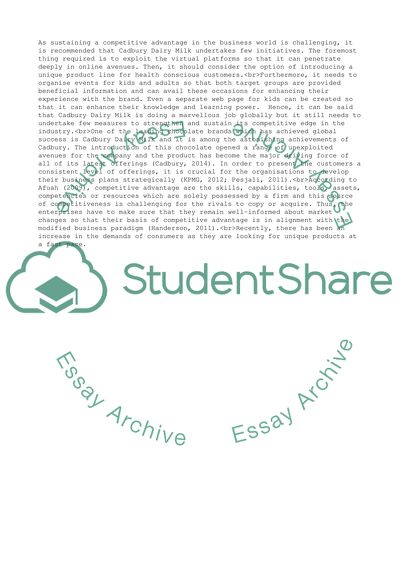Cite this document
(International Business Research Paper Example | Topics and Well Written Essays - 2000 words, n.d.)
International Business Research Paper Example | Topics and Well Written Essays - 2000 words. https://studentshare.org/business/1819526-international-business
International Business Research Paper Example | Topics and Well Written Essays - 2000 words. https://studentshare.org/business/1819526-international-business
(International Business Research Paper Example | Topics and Well Written Essays - 2000 Words)
International Business Research Paper Example | Topics and Well Written Essays - 2000 Words. https://studentshare.org/business/1819526-international-business.
International Business Research Paper Example | Topics and Well Written Essays - 2000 Words. https://studentshare.org/business/1819526-international-business.
“International Business Research Paper Example | Topics and Well Written Essays - 2000 Words”. https://studentshare.org/business/1819526-international-business.


